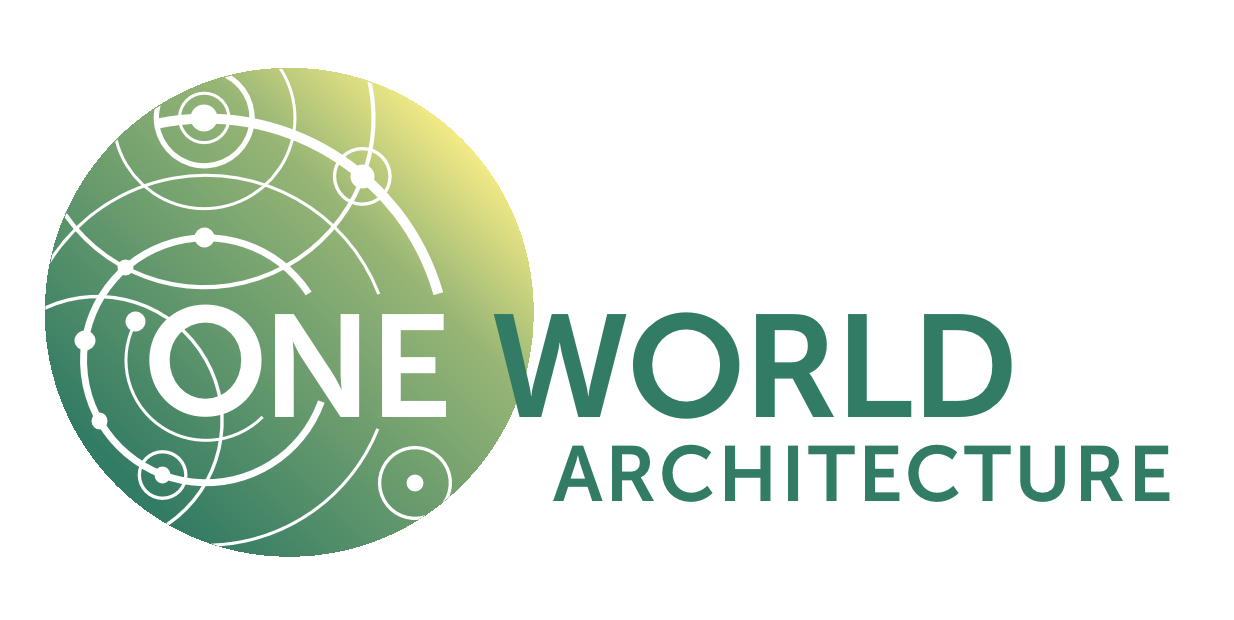
03 Oct Finally at Home
The Story of an Artifact’s 100 Year Journey at the Baha’i Temple
While the Baha’i Temple Welcome Center has been open for a few months now, we’re still completing some important final details. Last week, without fanfare, a little-known, but significant historical story came to a close. A piece of precast concrete, affectionately known as “the Artifact” by the Welcome Center design team, was given an appropriate new home.
The Artifact was created by John Earley, an artist and pioneer in precast concrete techniques. He produced it as a sample to convince the Baha’is that he could execute architect Louis Bourgeois’ geometrically complex design for the Temple with this new material — a mix of white quartz and white cement. Bourgeois had originally conceived of the Temple ornamentation as carved stone, but he was considering other options that were less costly and time-consuming. Bourgeois was impressed with the quality of Early’s sample. The highly intricate ornamentation came out beautifully and clearly in Early’s precast concrete, and the process would yield faster production. However, the Artifact still needed to be tested.
In the 1920s, the Artifact was delivered to the Temple site and placed next to nearby Lake Michigan to see how it would withstand the harsh weather conditions of the Chicago North Shore. The Temple’s superstructure was still under construction, and the Baha’is were raising funds to complete the project. After a few years, it was decided that the appearance, quality, and durability of Earley’s precast concrete would be an appropriate, cost–effective choice for the complex curves and ornamentation of the Baha’i Temple’s design.
The Artifact was the first of hundreds of precast concrete pieces created to form the beautiful white interior and exterior surfaces of the Temple. After over 40 years of construction, the Temple was dedicated in 1953.
Since then, the Artifact has been moved around a few times and was eventually leaned against a tree across the street from the Temple. Over the decades, it had deteriorated and discolored from tree sap and vehicle exhaust from the nearby road. Most visitors could tell that it looked like part of the Temple, but its story was mostly forgotten.
In 2010, during the course of the Temple Restoration projects, project manager Scott Conrad decided to rescue this piece of history and display it at the new Welcome Center. With great care, it was moved to a workshop and restored. A new steel structure was created to safely support the Artifact.
On September 24, 2015, it was finally installed in its new home: framed at the end of the pergola-covered walkway along the west side of the Welcome Center. The wall behind the Artifact is part of the retaining walls for the new wheelchair-accessible ramp between the gardens and the parking lot.
In the 1920s, the Artifact set the stage for the use of architectural precast concrete at the Baha’i Temple. If carved stone had been used, it’s likely that the Temple would still be under construction. Seriously, you say? Yes: think about the Temple’s nine-sided pierced and ribbed dome, intricate interior and exterior ornamentation, tapered pylons, concave facades, and countless compound curves. (Consider the magnificent Sagrada Familia in Barcelona or the Cathedral of St. John the Divine in New York City. Both are ornamental stone structures and have been under construction for over 100 years.)
Almost 100 years old today, the Artifact is the last piece of precast concrete to be installed. It stands as a symbol for the amazing effort and innovation involved with the many challenges and sacrifices to realize the Temple’s design.
Other locations were considered for the placement of the Artifact. This is a rendering of the final choice.
The restored Artifact arrives to be installed.






No Comments